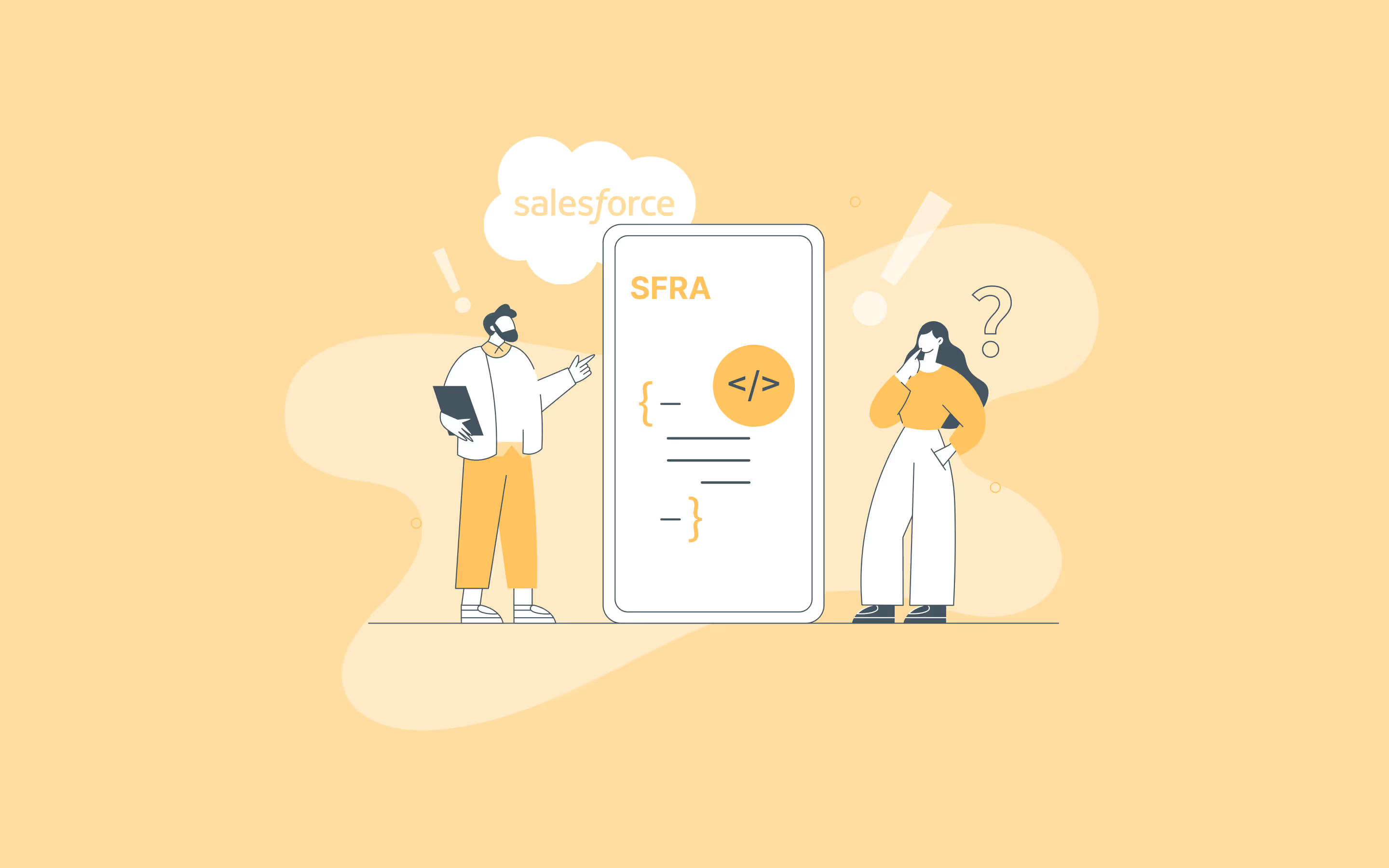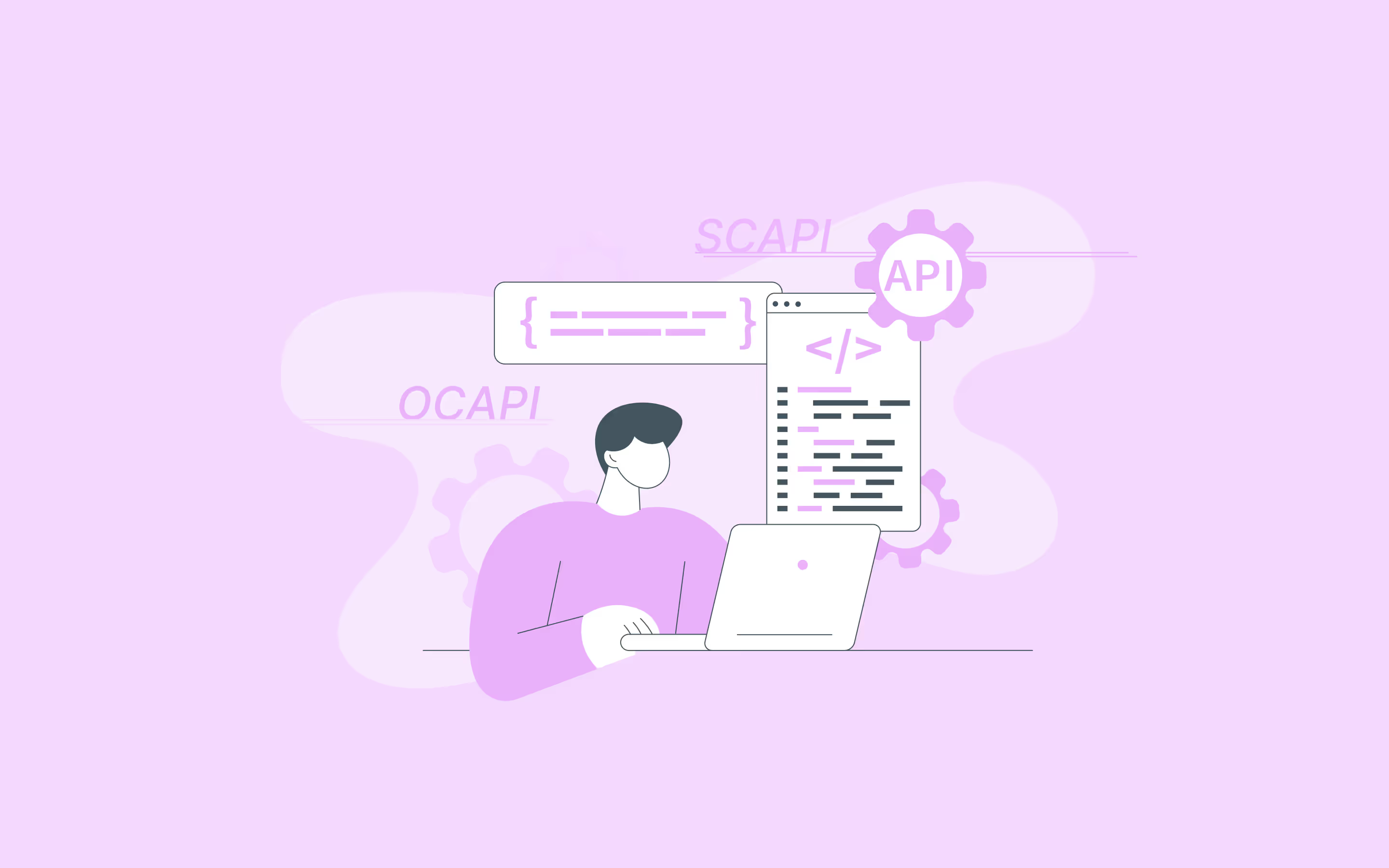

5 min read
•
Composable
•
November 6, 2025
What Happened to the MACH Alliance? Why Composable Commerce Moved On in 2025
The MACH Alliance promised a modular future. But in 2025, it’s composable commerce that’s delivering results. Here’s what changed, and what actually works now.
The MACH Alliance had the acronym, the swagger, and a damn good mission. It stood for Microservices, API-first, Cloud-native, and Headless. The idea was to push the e-commerce world away from monoliths and toward a modular, best-of-breed stack. For a while, it looked like it was going to work.. Vendors joined. Events got crowded. Whitepapers landed in inboxes like fragrant rose petals. It felt like a movement.
But here in 2025, the shine has dulled. MACH Alliance mentions have slowed to a trickle. Retailers aren’t opening RFPs with the acronym circled in red ink. The website still exists, but you’d be forgiven for wondering whether MACH is a revolution that quietly stopped revolving.
So What Happened?
Let’s start with the truth that no one at MACH wants to admit: most retailers don’t have a MACH problem. They have an ROI problem, a velocity problem, and a bandwidth problem. They need to move faster, convert more customers, and do it without tripling their headcount or budget. MACH promised architectural freedom. Retailers needed business agility.
Composable Is Still Thriving
Composable commerce is still very much alive. In fact, it’s thriving. At 64labs, we’ve implemented ten full composable storefronts for brands on Salesforce Commerce Cloud alone. But what wins in the market today isn’t dogmatic adherence to MACH principles. It's a practical, performance-driven composable strategy. That doesn’t always line up with the idealism MACH was selling.
Take microservices. Sounds great in theory. Break everything into modular pieces that can be swapped and optimized. But in practice, who’s got the team to manage dozens of services, each with its own SLA and quirks? Most ecommerce teams need fewer moving parts, not more. Smart composable builds cluster services logically. They minimize overhead while unlocking flexibility where it matters.
Headless? We’re all in. But headless for the sake of headless is a mistake. You need a head that performs, that loads in milliseconds, and that your marketing team can actually use without begging IT. That’s why we partner with tools like Amplience, Contentstack, Dynamic Yield, and Algolia. Not because they’re MACH-certified, but because they make our clients’ lives easier and deliver results.
Cloud-native? Sure. But let’s not pretend this is some radical stance in 2025. Everyone is cloud-native now. If you’re not, you’re either Oracle or a hobbyist.
API-first? Of course. But Salesforce’s OCAPI has been around longer than MACH itself. These aren’t differentiators anymore. They’re table stakes.
What Retailers Actually Need
What retailers really need is a partner who understands how to make composable commerce deliver ROI fast. They want bounce rates down and conversion rates up. They want to launch campaigns in days, not weeks. They want to test personalization and AI features without rewriting the whole front end. MACH never showed them how to get there. It just handed them a really cool toolbox with a bunch of very expensive tools.
The CEO of ecommerce platform Vtex Mariano Gomide de Faria, who suspended their membership of MACH Alliance this year, summed up some of the reasons they made the switch.
- Integration Complexity: Organizations face overwhelming challenges trying to connect a myriad of APIs and vendor solutions, leading to fragile systems where small changes can cause widespread failures.
- Surging Costs: The cost of integrating, licensing, and maintaining multiple systems often far exceeds expectations. Businesses find themselves distracted from their core mission and end up spending heavily on ongoing operations and vendor management.
- Operational Burden: The fragmented nature of best-of-breed solutions results in disconnected workflows, forcing business users to juggle multiple interfaces. This slows productivity, increases training costs, and damages business agility.
- Security and Privacy Weaknesses: Data is often unnecessarily duplicated across platforms, exposing organizations to compliance and privacy risks. Managing security across many vendors is extremely difficult and can result in regulatory gaps.
- Dogmatic Ideals vs. Business Value: MACH principles, while now common in web app development, are criticized as having become dogmatic, focusing more on technical ideals than on delivering real business outcomes.
Why Salesforce Quietly Pulled Ahead
This is where Salesforce Commerce Cloud has quietly pulled ahead. It didn’t join the MACH Alliance. It didn’t need to. It just evolved. It became de-composable which actually fits better with how customers actually approach a composable journey. Today, SFCC supports headless builds, open integration, and structured APIs. And it’s got a composable storefront accelerator that lets brands move quickly without sacrificing scale. That’s why we’ve seen brands like Moncler, Sweaty Betty, and Iceland go composable with Salesforce and win.
The Legacy of MACH
MACH’s real legacy might be that it created the space for composable to become mainstream. It shifted the conversation. It made monoliths feel like legacy tech. But the Alliance lost momentum because it clung too tightly to its acronym. The future of commerce isn’t about boxes checked on a technical spec sheet. It’s about what actually works.
So if you’re a retailer wondering what happened to the MACH Alliance, here’s your answer: it served its purpose. But the future belongs to brands and partners who can execute. Not just theorize. Not just rebrand old tech with a shiny acronym. The winners are the ones who get composable done fast, clean, and in a way that puts marketers back in control of their digital experience.
Read more

October 16, 2025
Salesforce
Ecommerce
Composable
Salesforce Commerce Cloud Isn’t Dead It’s the Future of Composable Commerce

August 25, 2025
Salesforce
Ecommerce
SFRA Explained - Why Salesforce Commerce Cloud Needed a Fresh Start

September 19, 2025
Composable
Salesforce
Ecommerce
SCAPI vs. OCAPI - Which Salesforce Commerce API Really Matters for 2025
